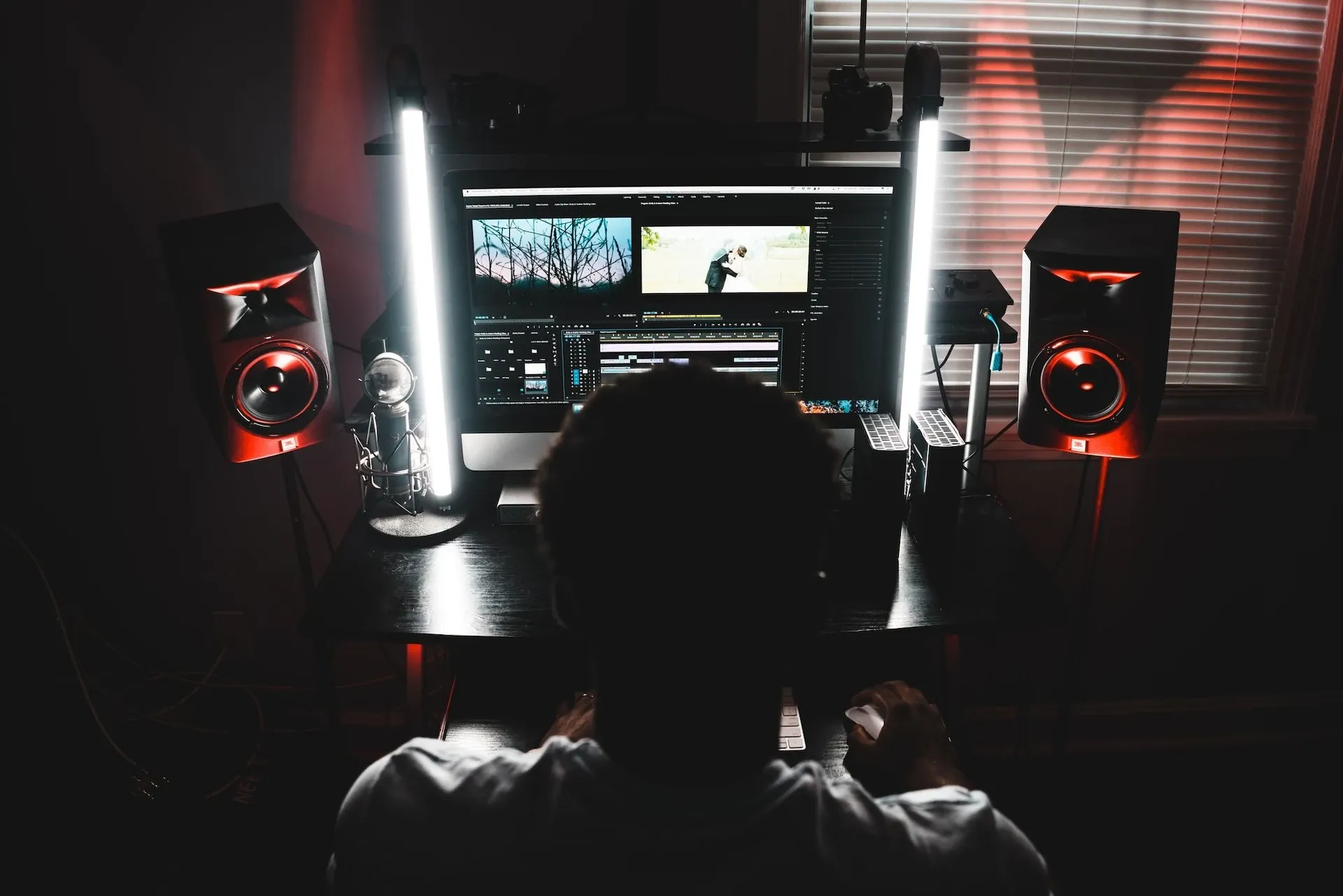5 quality check-ups before finalizing your edit
Editing video is often the most important part of a production as it’s where your vision comes to life.

Editing video is often the most important part of a production as it’s where your vision comes to life. But having spent countless hours preparing, storyboarding, filming and planning – the edit can also feel like the last 10M in a 1000M race.
That ‘nearly done’ feeling sometimes causes people to rush the job OR gloss over some of the imperfections in an attempt to release it. A quality check-up before you finish your edit will help ensure that your production is the best it can be! Here are five things to check off before you finish your edit.
Watch your final cut on different screens
When editing your video, most people use a single monitor for the task. There’s nothing inherently wrong with that, except for the fact that different monitors have different settings. Most editors use high-quality IPS displays in 1440p or 4K resolution.
This can mean that while your video looks great on yours, something might look off elsewhere. The most common monitor type is an IPS 1080p, so watch your final cut on that screen. A third option is to watch it on a big screen TV. Big screens will give you a different perspective as you’ll be sitting further back than you would with your monitor. Lastly, if you’re releasing the video for mobile consumption, make sure to check what it looks like while watching on your phone. The smaller device can mean that something important gets lost because the screen is smaller.
Get a second opinion
A good idea is to get feedback from someone else on your edit. Whether someone within the business or a friend, getting constructive feedback will help you make your video better. Major movies always do testing with small audiences before release to get a sense for what the general public might think. While something may make sense to you, it could be completely lost on a different viewer. That fresh pair of eyes will help you fix any errors, or address any questions that may arise.
Re-edit your edit
One way that some editors make their final videos better is to re-edit their edit. By this, we mean to take your existing edited film and see if there are opportunities to cut unnecessary elements further. Too often, the reason people lose interest in a video is that it drags (often in the middle). While audiences want a cohesive story, sometimes cutting out some of the obvious will help to make your pacing feel much better. Your video should feed the audience the plot, but also allow them to interpret it.
Don’t marathon edit
There are two ways to split up the concept of marathon editing. First, is the time you spend on it. Second, is the segments of the video that you edit. In both cases, you should make sure you’re breaking it up into smaller sections. By this, we mean you shouldn’t spend every waking minute staring at the edit after the first few editing sessions. If you’re working on a video shorter than 10 minutes, try to break it up over a few days. In the case of films that will be longer than 10 minutes, try to break your edits into pieces. A 60-minute timeline can be overwhelming and cause tunnel vision. Instead, break the edit down into six 10-minute segments, that way each one feels like a fresh project to work on.
Do a final blind/mute play viewing
Films are inherently the combination of sight and sound, but too often we don’t effectively use both. This is why the Oscars include both cinematography and audio awards. A good way to see if your film tells it’s best story is to experience yours by only using one of the two sources.
Close your eyes and listen to your film. Does everything sound right? Can you picture what’s happening? Is there anything that sounds off? How’s the volume on dialogue versus music? Then, mute your speakers and watch your film. Does everything look right? Is there anything visually that doesn’t tell your story? Is the pacing good? You’ll see or hear a remarkable number of issues with your film by removing one of your senses. As a side benefit, you can also see where your film could be more inclusive to audiences who are hearing or vision impaired!

